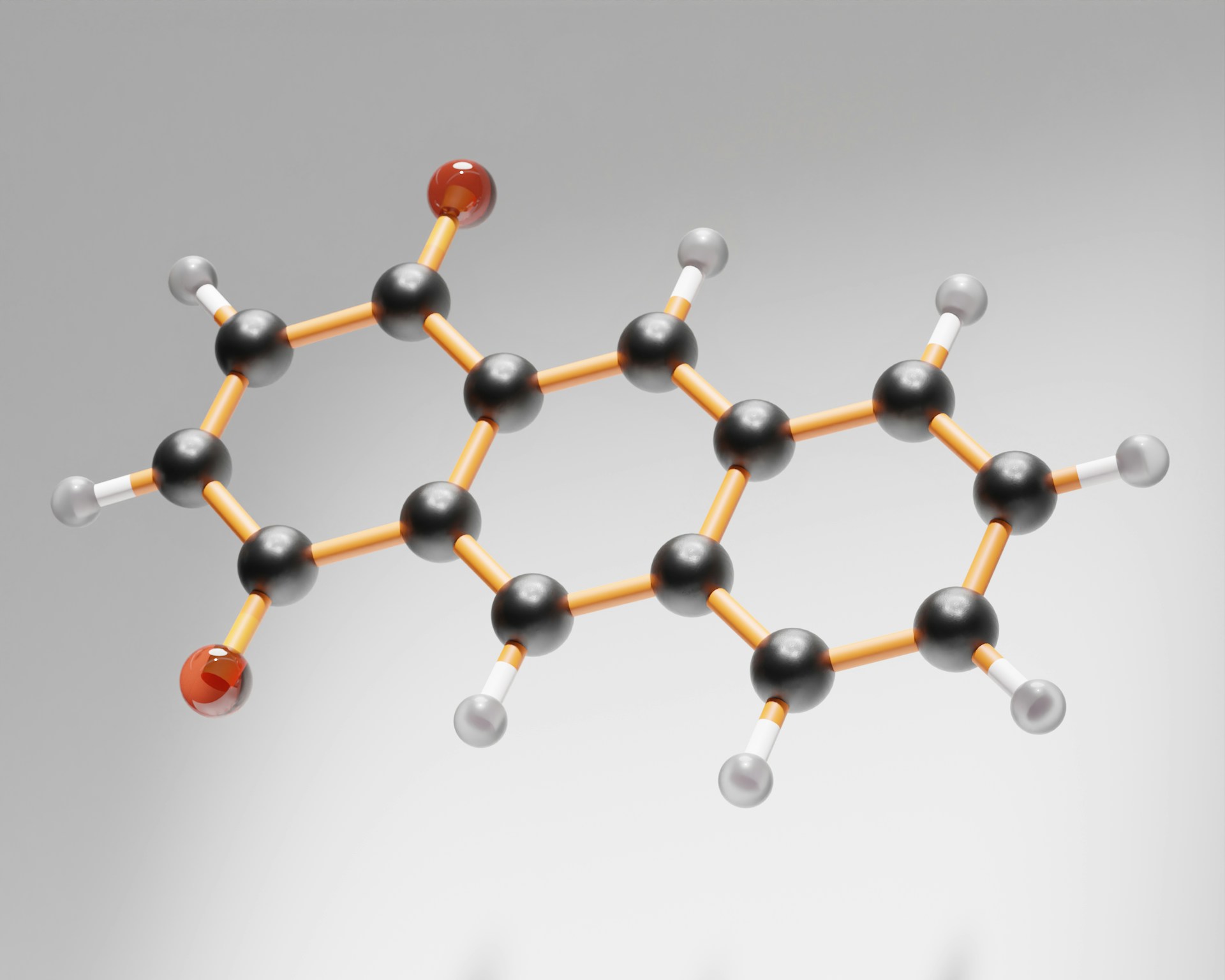Recent research from the University at Buffalo shows that semicore electrons in alkali metals can actively participate in chemical bonding under pressures much lower than previously believed, providing new insights into atomic structure, crystal transitions, and planetary formation.
SUNY Distinguished Professor Eva Zurek, together with co-author Dr. Stefano Racioppi, led a study investigating the role of semicore electrons in alkali metals such as sodium, potassium, rubidium, and cesium during pressure-induced structural transitions. The work, demonstrates that semicore electrons, traditionally considered inert, contribute to bonding under conditions ranging from a few gigapascals to ambient pressure.
Racioppi, S., & Zurek, E. (2025). Activation of Semicore Electrons in Alkali Metals and Their Role in the B1–B2 Phase Transition under Pressure. Journal of the American Chemical Society, 147(36), 32745–32751. https://doi.org/10.1021/jacs.5c08582
The study focuses on the B1-B2 transition, a structural rearrangement where a compound’s crystal lattice shifts from an octahedral configuration (B1, like sodium chloride) to a cubic arrangement (B2, like cesium chloride). Quantum chemical calculations were employed to model the behavior of semicore electrons when alkali metals bond with fluorine and undergo the B1–B2 transition. The results indicate that these electrons stabilize the B2 cubic structure, enabling it to form at pressures far below those previously predicted.
Professor Eva Zurek from the University at Buffalo stated,
“These findings go against certain chemistry paradigms, challenging the traditional notions of core electrons. This kind of work could change our understanding of how elements change under the intense pressures inside planets and even how planets form and evolve.”
Cesium, in particular, demonstrates semicore electron participation at ambient pressure, suggesting that this type of bonding may occur naturally on the Earth’s surface without extreme conditions. The findings imply that the activation of semicore electrons in alkali metals is more common than previously assumed.
These insights are relevant not only for atomic theory but also for planetary science. Understanding how electrons bond under varying pressures can refine models of planetary interiors, influencing predictions related to planetary radius, magnetic field generation, and tectonic activity, all of which are factors affecting planetary habitability.
The research provides a roadmap for experimental validation, including techniques such as X-ray diffraction to further characterize the atomic structures of alkali metals and confirm the role of semicore electrons in chemical bonding. This study establishes new parameters for understanding how elements behave under both low and high pressures, offering implications for materials science, high-pressure chemistry, and planetary modeling.

Adrian graduated with a Masters Degree (1st Class Honours) in Chemical Engineering from Chester University along with Harris. His master’s research aimed to develop a standardadised clean water oxygenation transfer procedure to test bubble diffusers that are currently used in the wastewater industry commercial market. He has also undergone placments in both US and China primarely focused within the R&D department and is an associate member of the Institute of Chemical Engineers (IChemE).



